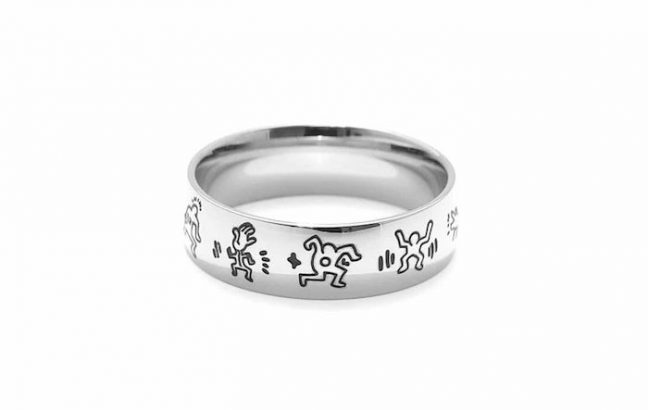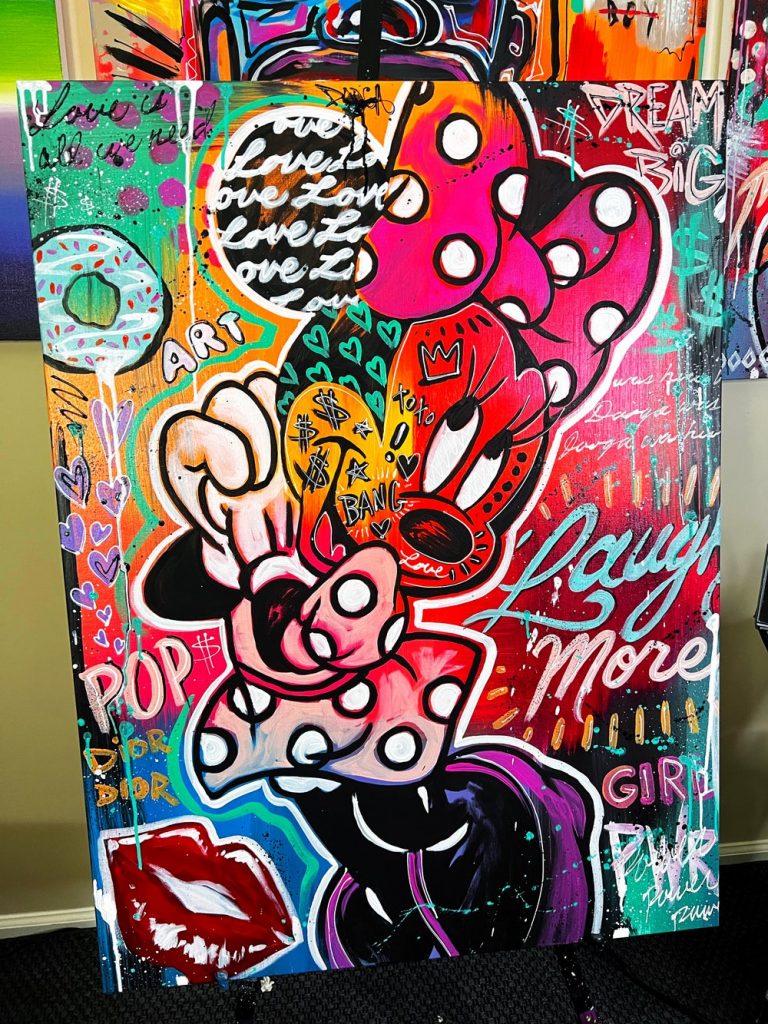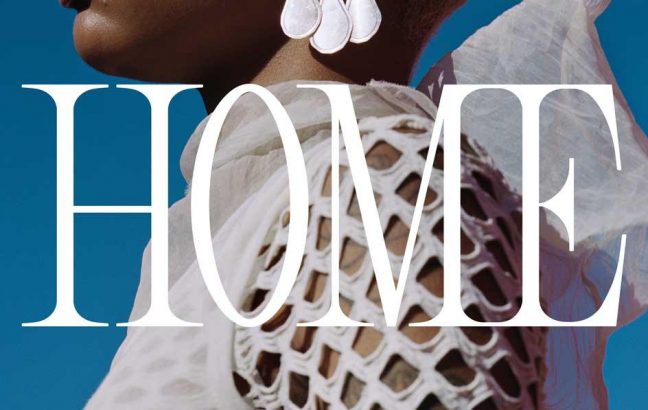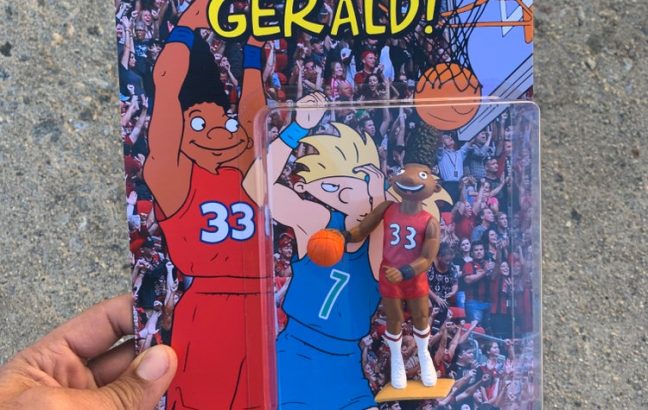A friend of mine tweeted a link out regarding Tony’s Chocolonely, a notable chocolate brand created by Dutch journalist and TV producer Teun van de Keuken. It’s best known for being slave-free and van de Keuken started the company “after three years of unsuccessful attempts to change the industry through investigative efforts.” But reports last year suggested that Tony’s Chocolonely wasn’t living up to its USP:
Ethical chocolate producer Tony’s Chocolonely has been removed from a list of slave-free producers. The collaboration with Barry Callebaut is the reason for the removal.
Tony’s Chocolonely has its cocoa beans processed by the Swiss chocolate giant. That company, also the largest chocolate manufacturer worldwide, admits that its chocolate is not always 100 per cent ‘pure’, but is striving to ban all illegal labour from the production chain by 2025. Barry Callebaut publishes the progress it is making in this respect annually in its Forever Chocolate Plan.
However, for Slave Free Chocolate the partnership is enough to remove Tony’s Chocolonely from its list. Although all Tony’s cocoa beans are perfectly traceable to individual farmers, and the Dutch company watches over the working conditions, Slave Free Chocolate argues that the chocolate maker contributes to the perpetuation of slave and child labour through its partnership with Barry Callebaut.
(via)
Tony’s issued statements to refute this removal but it was enough to raise the question: if a brand specifically created to be “slave-free” can’t guarantee that, who can? Ironically, a Belgian television programme called Factcheckers explored this:
Child labour on cocoa plantations can almost never be ruled out, the programme on the Belgian national channel Eén concludes. In West Africa especially, cocoa growers are said to employ children in the production of chocolate due to poverty and a lack of awareness of the dangers. Indeed, undercover images from Ghana reveal children at work.
Industry organisation Choprabisco, which represents Belgian chocolate producers, admits that “no company buying cocoa beans from West Africa can guarantee that they completely exclude the possibility of child labour”. The chocolate producers do strive for this and make efforts to find solutions through partnerships, they say. For example, Choprabisco has been running the Beyond Chocolate Partnership since 2018, which currently involves half of the farmers in the sustainability programme – a total of 950,000 – and thus, have a child protection scheme in place.
(via)
Will this affect any major chocolate brands? No, as they’re too big to collapse and the demand for chocolate is too large. But it’s the responsibility of both consumers and competitors to do their due diligence in this situation.






